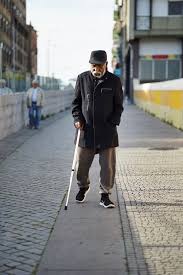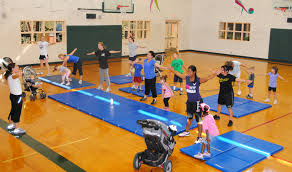Recommendations for medical techs when dealing with elderly patients

It is important for older adults to maintain a high functional status and engage in regular physical activity according to their capabilities. Older adults who enjoy an overall good health status can follow the same guidelines for physical activity as outlined for younger individuals. However, for older adults with some physical limitations or compromised bone health, weight-supported activities may be more appropriate. Examples of such activities include walking in deep water, aqua aerobics, stationary bicycle riding, and floor exercises. Importantly, people with less than optimal bone health in old age can often safely perform resistance exercises with proper training and supervision.




